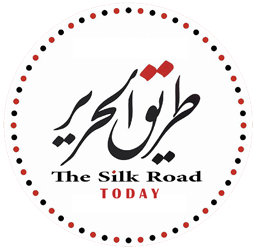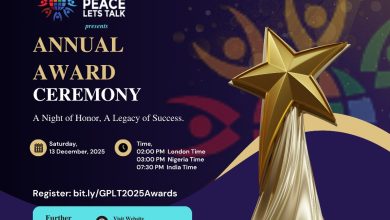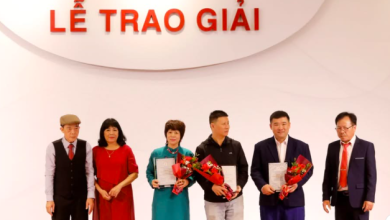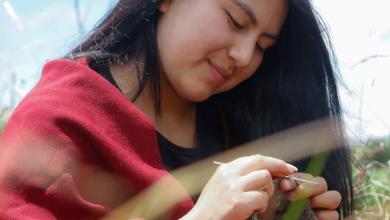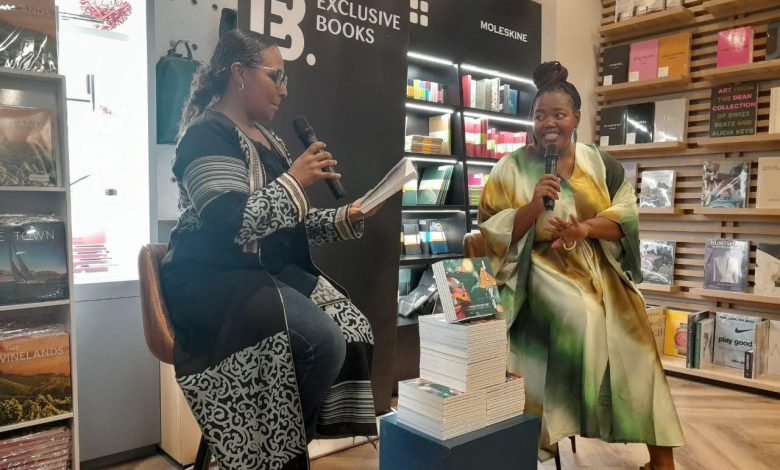
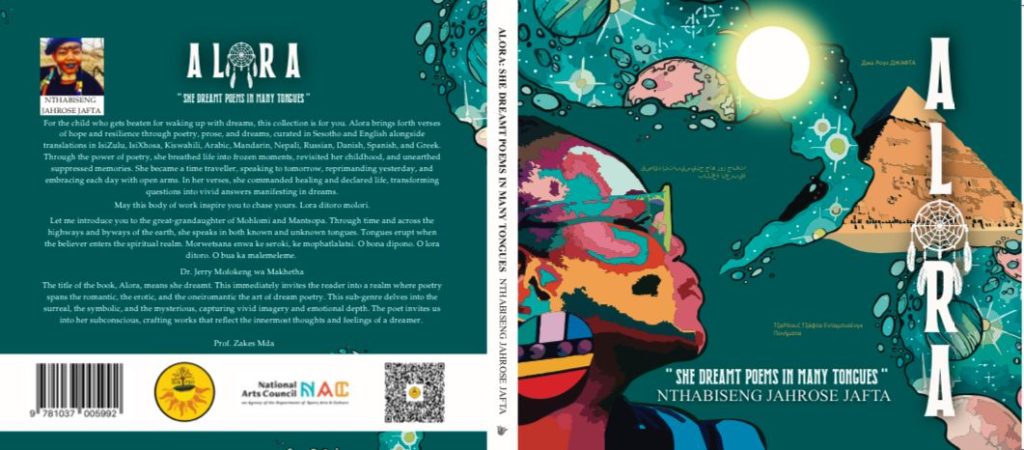
I met the young South African poet and author Nthabiseng JahRose Jafta for the first time in Cairo, and there I discovered a poet who distills her culture into a crucible fused with urgent, living issues—whether related to language, race, or feminist concerns. And although her latest work Alora ( 228 pages) is directed at children, it is also a book for adults, showcasing the power of the creative African spirit to soar on the magical flying carpet of imagination.
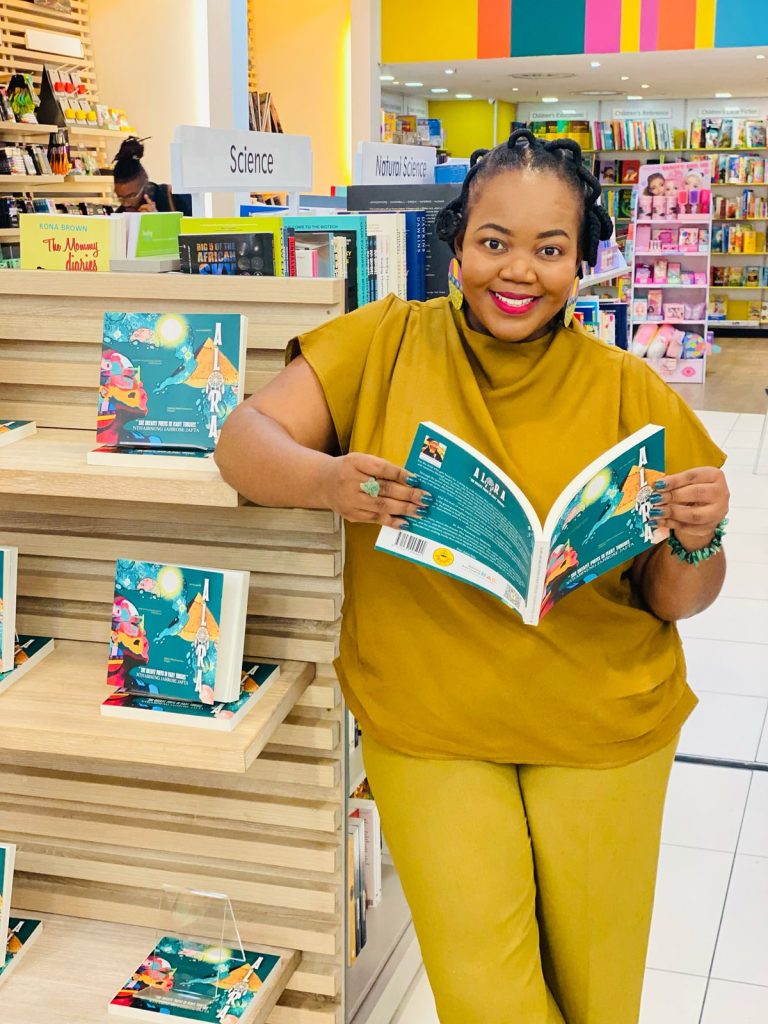 Nthabiseng JahRose Jafta’s Alora is a luminous and multilingual poetic odyssey that explores identity, ancestry, language, and longing. Composed originally in Sesotho and English, and translated into more than ten global languages—including Arabic, Kiswahili, Russian, Spanish, and Mandarin—this anthology affirms poetry as both home and vehicle for transcultural healing.
Nthabiseng JahRose Jafta’s Alora is a luminous and multilingual poetic odyssey that explores identity, ancestry, language, and longing. Composed originally in Sesotho and English, and translated into more than ten global languages—including Arabic, Kiswahili, Russian, Spanish, and Mandarin—this anthology affirms poetry as both home and vehicle for transcultural healing.
Poetry as Ancestral Dialogue
Jafta’s work is deeply rooted in ancestral memory. In the poem “Ke bomang?”, she invokes celestial beings:
“Mohlomong ke mangeloi le badimo
Ba theohileng ho tla re pshatla mahata…”
(Perhaps they are angels and ancestors
Who descended to pierce our ignorance…)
These lines demonstrate how the poet positions herself within a spiritual continuum, simultaneously grounded in earth and uplifted by metaphysical consciousness. The phrase “Ntshwanatsatsi” (the place where the sun is born) is repeated throughout the book, acting as both literal geography and metaphysical origin.
Feminine Legacy and Fragmented Matrilineality
In the emotionally resonant poem “My Grandmother Left”, the poet grapples with abandonment:
“My grandmother left
She packed up
Disappeared…
Did she find happiness
Or baskets of adventure or love?”
This narrative challenges idealized visions of grandmotherly warmth and instead explores emotional estrangement with nuance and honesty. In the poem “Erased,” she reflects:
“Her pain shattered her world.
We too were erased from her palms.”
Jafta does not romanticize family ties; rather, she reclaims and interrogates them, allowing pain to coexist with poetry.

We Bless God for the encounters, gifts that continue to follow us. Dreams that keep unfolding.
We literally had two launches, one after the other. Lesedi le Kganya.
Shout out to sis Nelisa at NLSA and our moderator Faatin Bux for such grace and poignancy. Rose Francis you have all my gratitude. JahRose
The Language of the Soil and the Soul
Throughout Alora, the earth is a recurring motif. In “Brown Ones”, Jafta writes:
“Hello soil child, your father’s
Herds are in the kraal
We will learn from you…”
The metaphor of “soil child” becomes a powerful symbol for cultural stewardship and groundedness. Jafta’s deep reverence for African traditions is clear in her celebration of attire, ritual, and oral heritage.
Cultural Crossings and Dream-Spaces
The titular theme of dreams appears in numerous poems and takes a lyrical turn in “Dreamcatcher” and “She Remembered”, where dreams function as both prophecy and resistance:
“I have been here
Before the war
Before the whispers…”
(from “I Have Been Here”)
The use of dream poetry—oneiromancy—allows the poet to move between realms of reality, memory, and myth, echoing writers like Aimé Césaire and Toni Morrison, who employed dream as portal and protest.
Multilingualism as Liberation
The anthology’s unique feature is its polyphonic presentation. Each poem (or many of them) appears in several languages—allowing a global community to enter her dreamscape. For example, the poem “Rise” is found in English, Spanish (Levantense), Kiswahili (Amka), and Sesotho. The spiritual charge in the lines:
“Children of a dark world
With their blocked vision…”
…resonates differently in each tongue, showcasing how language transforms yet preserves essence.
Final Reflection
Alora is not just a book of poems—it is an invocation. Jafta writes in the introduction:
“These dreams, in whatever shape or language, are valid and profound.”
This line encapsulates the heart of Alora. It is a literary home for those straddling worlds, for wanderers of blood and border, for those who dream in many tongues and live in the in-between.
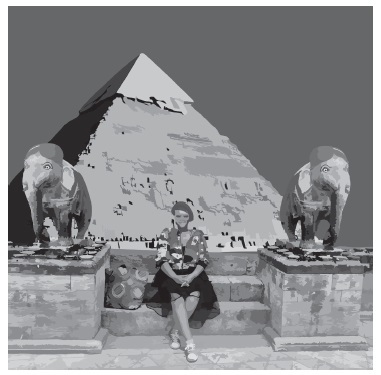
It is also beautiful how the illustrations in the book serve as a mirror to that blend of cultures and civilizations— a daughter of South Africa sits before the Egyptian pyramids, flanked by two elephants from India!
I agree with Zakes Mda PhD (Cape Town), Professor Emeritus of English, Ohio University; “This is a stunning anthology as it brings together a collection of evocative
poems from the vantage point of one culture and transports them to multiple other cultures
of the world. Each piece resonates with beautiful emotion and delicate imagery, weaving
themes of love, loss, nature, and self-discovery. The anthology is meticulously curated, with
a thoughtful introduction. It offers a timeless journey through the human experience.”
It is finally important to mention the translators of the poems into their own native languages; Sesotho translation by the author Nthabiseng Jafta and Kgosietsile Motlakwana (South Africa), Danish translation by Cindy Lynn Brown (Denmark), Spanish traducción de Nelson Ríos (Colombia), Kiswahili translation by: Ndesumbuka Lamtane Merinyo (Tanzania), isiZulu translation by Kwazi Ndlangisa (South Africa), isiXhosa translation by Madoda Ndlakuse (South Africa), Russian translation by Перевод с английского Екатерины ЖУРАВЛЕВОЙ (Russia),Arabic translation by Ashraf Aboul-Yazid (Ashraf Dali) (Egypt), Mandarin translation by Sel Yuchen Zhou (China), Greek translation by Vasilis Manousakis (Greece) and Kathmandu Nepali Translated by Poet Santosh Kumar Pokharel (Nepal).
